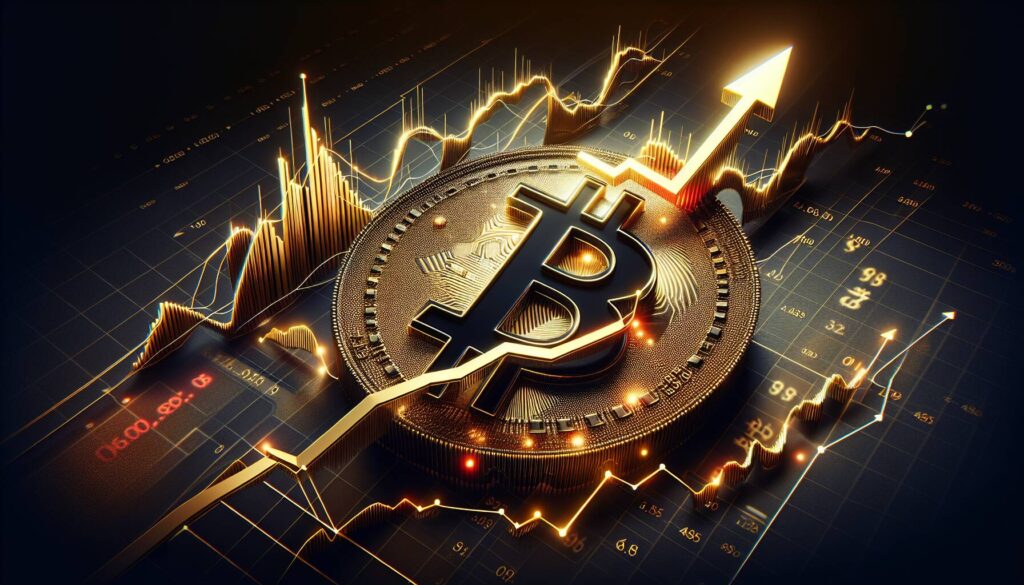XRP has officially launched on BDACS, a regulated cryptocurrency custodian serving South Korean institutions. This significant development marks the first substantial outcome of Ripple’s custody partnership unveiled in February. In an announcement on August 5, BDACS highlighted their commitment to offering custody support for XRP, which is recognized as one of the most favored digital assets in South Korea.
This launch aligns with the roadmap set by South Korea’s Financial Services Commission, which seeks to enhance institutional involvement in the country’s burgeoning digital asset market. The collaboration, initially announced on February 26, includes support for both XRP and Ripple’s U.S. dollar-denominated stablecoin, RLUSD, facilitated through Ripple Custody—an advanced software platform designed for secure management of digital assets by institutions.
“The collaboration comes amid rising market activity and evolving regulatory conditions in South Korea,” stated Fiona Murray, Ripple’s managing director for the Asia-Pacific region.
Insights from the February press release emphasized BDACS’s role in supporting developers on the XRP Ledger, aiming to broaden the application of tokenization and boost stablecoin adoption. Industry research has projected that crypto custody could soar to $16 trillion in assets by 2030, indicating a vast potential for the sector, with 10% of global GDP possibly being tokenized in the same timeframe.
BDACS CEO Harry Ryoo noted their commitment to providing secure and compliant custody services, reinforcing the importance of Ripple’s blockchain initiatives. Besides Ripple, BDACS has established partnerships with organizations like Avalanche and Woori Bank, actively participating in projects within the blockchain regulation-free zone in Busan. The collaboration with Ripple exemplifies their dedication to enhancing institutional custody services within Korea’s regulatory framework.
As of the latest data, XRP was trading at $2.97, reflecting a 3.4% decrease over the past 24 hours, according to CoinDesk Data.

XRP Launch on BDACS: Key Takeaways
The launch of XRP on BDACS presents significant developments in the crypto custody landscape for South Korean institutions.
- XRP Live on BDACS:
- First outcome of Ripple’s partnership with BDACS announced in February.
- Regulated custody support now available for XRP, a popular digital asset in South Korea.
- Partnership Goals:
- Aligns with South Korea’s Financial Services Commission roadmap to boost institutional participation in the digital asset market.
- Supports developers building on the XRP Ledger and aims to expand tokenization and stablecoin adoption.
- Market Impact:
- Crypto custody projected to reach $16 trillion in assets by 2030.
- 10% of global GDP may be tokenized, indicating a broad shift towards digital assets.
- Institutional Focus:
- Targeting secure and compliant custody services for Ripple’s blockchain initiatives.
- Facilitates regulated access to XRP for institutional clients, enhancing market credibility.
- XRP Overview:
- Native token of the XRP Ledger, designed for cost-effective and scalable transfers.
- RLUSD stablecoin introduced, targeting enterprise and financial institutions.
- Collaborative Ventures:
- BDACS partnering with other blockchain entities to enhance regulatory compliance and service offerings.
- Participation in projects within Busan’s blockchain regulation-free zone promotes innovation.
This development signifies a step towards broader institutional adoption of cryptocurrencies in regulated environments, potentially impacting everyday users through increased acceptance and integration of digital assets in various sectors.
XRP’s Strategic Launch on BDACS: An Analysis of Competitive Advantages and Market Impact
The recent launch of XRP on BDACS marks a significant moment for both Ripple and institutional crypto engagement in South Korea. This integration provides a vital bridge for institutional clients in the region, allowing them regulated access to one of the most recognized digital assets. Compared to other custodians, BDACS boasts a unique position as a regulated entity, which could attract major financial institutions seeking compliance with South Korean regulations. This contrasts with many platforms globally that operate in less regulated environments, potentially hindering their institutional credibility.
One of the competitive advantages of this partnership lies in Ripple’s backing and technological prowess, specifically its focus on low-cost, scalable transfers via the XRP Ledger. This positions XRP favorably against competitors like Ethereum or Bitcoin, which have higher transaction fees and may not be as efficient for enterprise-level transactions. Furthermore, the institutional adoption of stablecoins, such as RLUSD, supports the burgeoning demand for digital asset tokenization, aligning perfectly with BDACS’s commitment to expanding these services in the region.
However, the disadvantage for XRP might stem from its price volatility—evident in its recent trading dip of 3.4%. For institutions wary of fluctuations in crypto values, such price movements can create hesitation. In addition, while BDACS has made significant strides by also partnering with projects like Avalanche and Woori Bank, any future regulatory changes or market shifts could impact its operational stability and ripple effects on Ripple’s initiatives.
This development could greatly benefit financial institutions looking to enter the crypto market with a more cautious, regulated approach, as well as developers aiming to leverage the XRP Ledger for new applications. On the other hand, it may pose challenges for traditional financial services that are slower to adapt to these innovations, potentially losing clients to more agile competitors embracing blockchain technology.
















